服务热线
13313705507

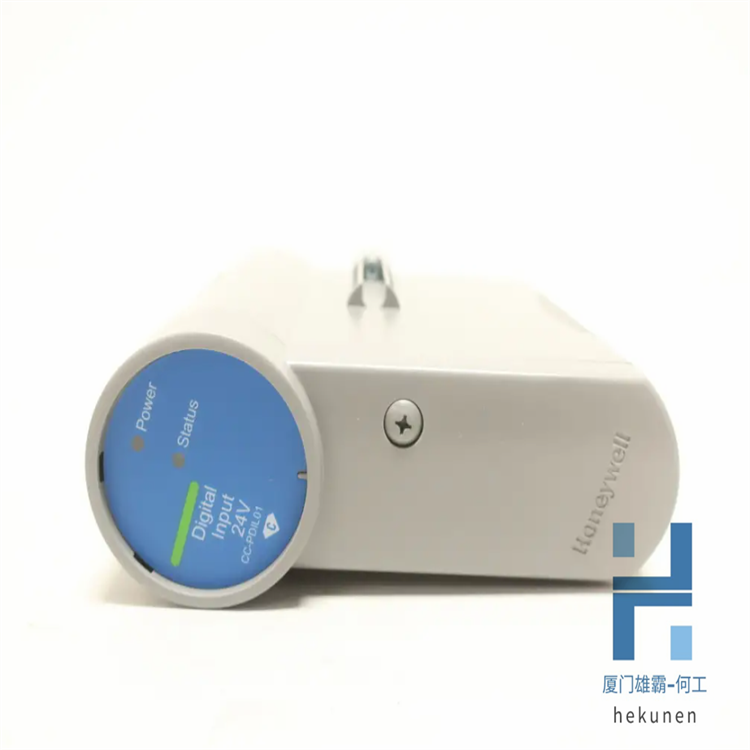
型号: 51304584-200
分类: 霍尼韦尔 Honeywell
联系人:何经理
手机:13313705507
QQ:2235954483
邮箱:2235954483@qq.com
地址:厦门市思明区吕岭路1733号万科创想中心2009室

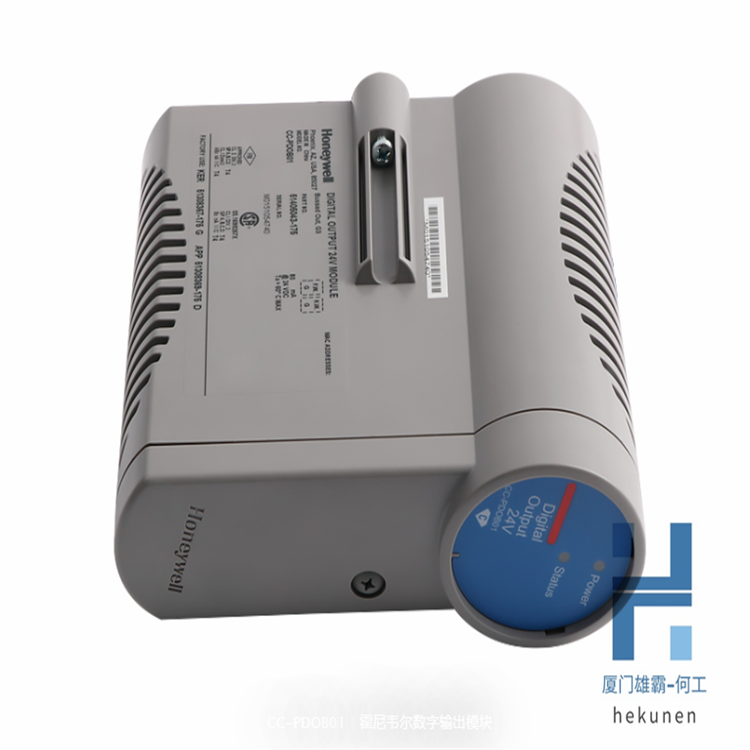
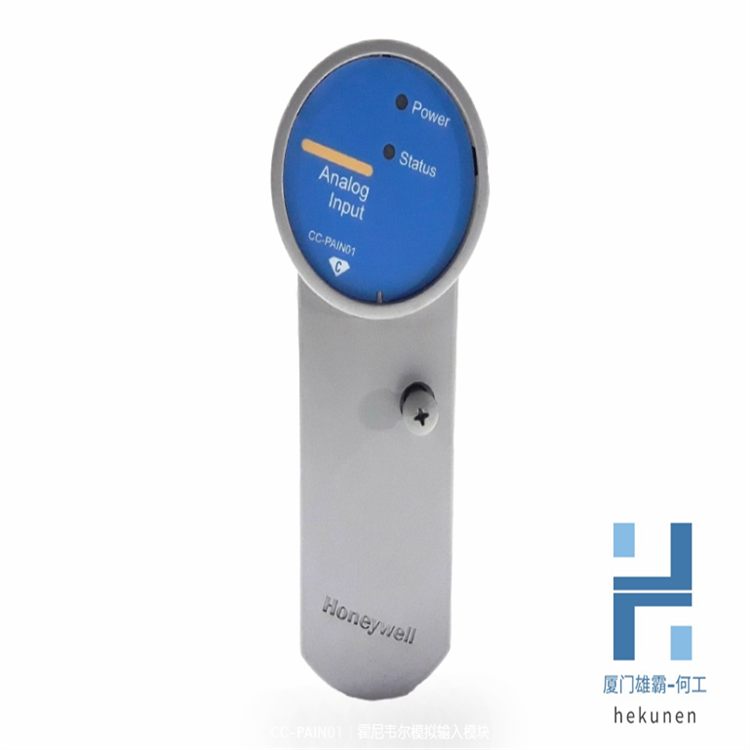
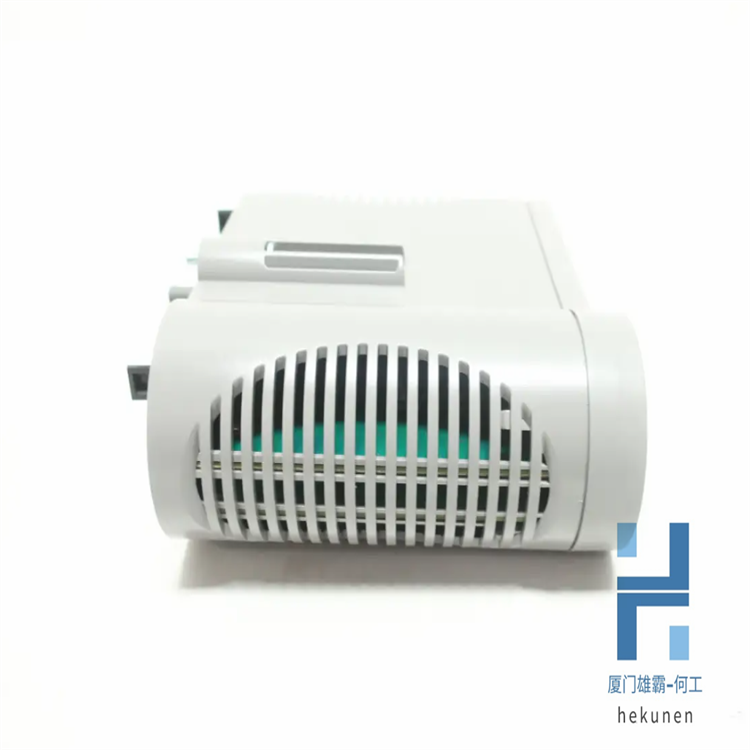
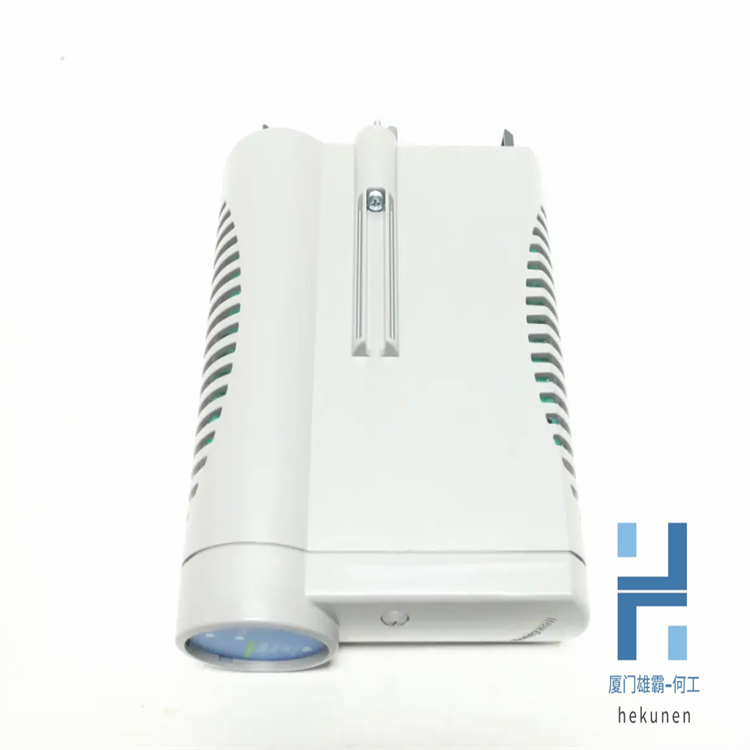
输入 SPE 混合连接器和电缆。该混合连接器专为需要更高电流和更大功率传输的工业环境而设计,采用 M8 的外形尺寸。但是这种混合连接器有两个引脚对——一个用于高达 1Gbps/600MHz 的数据传输,另一个用于高达 8A 的功率传输。为避免干扰电源和数据信号,金属屏蔽层将连接器内的引脚对隔开。同时,混合电缆包含一个 SPE 对和一个电源对,在连接器中使用屏蔽将两者分开。电缆的电源对由 18AWG 电线制成。
将数据对与电源对分离和屏蔽可显着降低 SPE PHY 芯片在传输数据时必须承受的电磁干扰(又称“噪声”)。混合连接器设置意味着即使在更高的功率/电流水平下运行,也几乎不会丢失数据。这使得混合系统特别适合在执行器和传感器直接安装在机器上的网络上使用。
这种混合配置的另一个好处是增加了跨网络分配电力的灵活性,而不是 PoDL 所需的点对点连接。这意味着可以分配更高的电流来为多个级联功率设备供电。
在某些情况下,您可能需要偏离 PoDL 标准,在这种情况下,这种混合 SPE 连接器和电缆方法可以很好地工作。该技术的潜在应用包括:
虽然混合连接器具有单独的信号和电源对,但它仍然为数据和电源提供了一种连接解决方案——所有这些都安装在标准 M8 连接器的小尺寸中。尽管混合电缆比标准以太网电缆稍重且直径稍宽,但混合电缆具有更高的功率容量并允许更灵活的网络拓扑结构。总体而言,混合 SPE 连接和电缆的新创新使该技术能够进一步扩展到 IIoT。
单对以太网不仅仅是新的连接器。SPE已成为数字化转型网络基础设施的连接器标准。
单对以太网(简称 SPE)是工业通信技术的热门话题。通常,重点是组件。但它的意义远不止于此——它实际上是未来基于以太网的通信结构。Phoenix Contact 的 SPE 连接器提供了这一点。
目前有很多关于组件、电缆和连接器的讨论,但是哪些 PHY(物理层)可用?可以使用哪些电缆?范围有多远,可以传输什么样的数据?后但并非不重要的一点是,连接器中是否已经出现了标准?所有这些问题背后的驱动力是工业通信的根本范式转变——对于整个基础设施,包括用于众多应用场景的设备和传感器。
BroadR-Reach 技术——一种用于汽车行业连接应用的以太网物理层标准——可以被认为是 SPE 发展的起点。现代中档汽车有超过 100 个传感器——这种趋势正在增加。控制设备、传感器、执行器和通信设备的数量从一代到下一代不断增长——电缆的数量也是如此。汽车需要具有统一通信标准的创新传感器技术。
为 CAN 总线寻找继任者,汽车行业因此确定了基于 TCP/IP 的传输方法并推动了个 SPE 标准。通过 IEEE 802.3 工作组,个 SPE 标准作为 100BASE-T1 和 1000BASE-T1 在相关工作组中发布。Rosenberger Hochfrequenztechnik GmbH & Co. KG 已经在批量生产用于这些应用的连接器。
随着 IEEE 802.3 的 cg 标准终在 2019 年被采用,现在定义了更长距离的标准,这将引起许多工业应用的兴趣。这为 SPE 进入工厂和楼宇自动化等新应用领域扫清了道路。为了为此目的创建代设备,需要相应的单个组件,例如芯片、电缆和连接器。
我司产品广泛应用于数控机械 冶金,石油天然气,石油化工,
化工,造纸印刷,纺织印染,机械,电子制造,汽车制造,
塑胶机械,电力,水利,水处理/环保,市政工程,锅炉供暖,能源,输配电。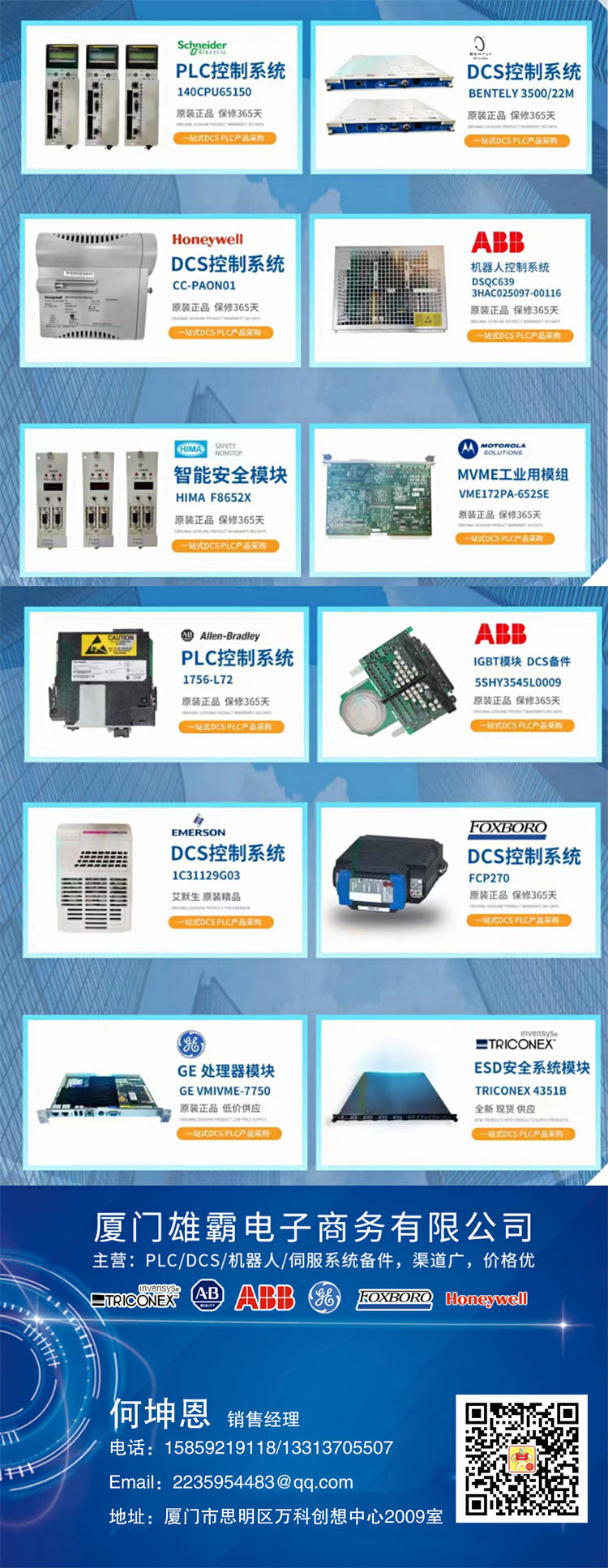
Single Pair Ethernet – or SPE for short – is the trend topic when it comes to industrial communication technology. Usually, the focus is on components. But there is so much more to it than that – it is actually the Ethernet-based communication structure of the future. The SPE connectors from Phoenix Contact provide a glimpse of this.
There is currently a lot of discussion about components, cables, and connectors, but which PHYs (physical layers) are available? Which cables can be used? How far is the range and what sort of data can be transmitted? And last but not least, has a standard already emerged among connectors? The driving force behind all of these questions is a fundamental paradigm shift in industrial communication – for the entire infrastructure including devices and sensors for numerous application scenarios.
BroadR-Reach technology – an Ethernet physical layer standard for connectivity applications in the automotive industry – can be considered the starting point for the development of SPE. Modern mid-range vehicles have over 100 sensors – a trend that is on the increase. The number of control devices, sensors, actuators, and items of communication equipment keeps growing from one vehicle generation to the next – as does the amount of cabling. Innovative sensor technology with a uniform communication standard is required in the automobile.
Seeking a successor for the CAN bus, it was therefore the automotive industry that identified the TCP/IP-based transmission method and spurred on the first SPE standards. Through the IEEE 802.3 working group, the first SPE standards were published in the relevant task forces as 100BASE-T1 and 1000BASE-T1. Rosenberger Hochfrequenztechnik GmbH & Co. KG is already producing the connectors for these applications on a series scale.
With the cg standard from IEEE 802.3 finally being adopted in 2019, a standard for longer ranges has now been defined for the first time, which will be of interest for many industrial applications. This cleared the way for SPE to enter new fields of application such as factory and building automation. In order to create the first device generations for this purpose, corresponding individual components such as chips, cables, and connectors are required.
如果您有任何问题,请跟我们联系!
联系我们


